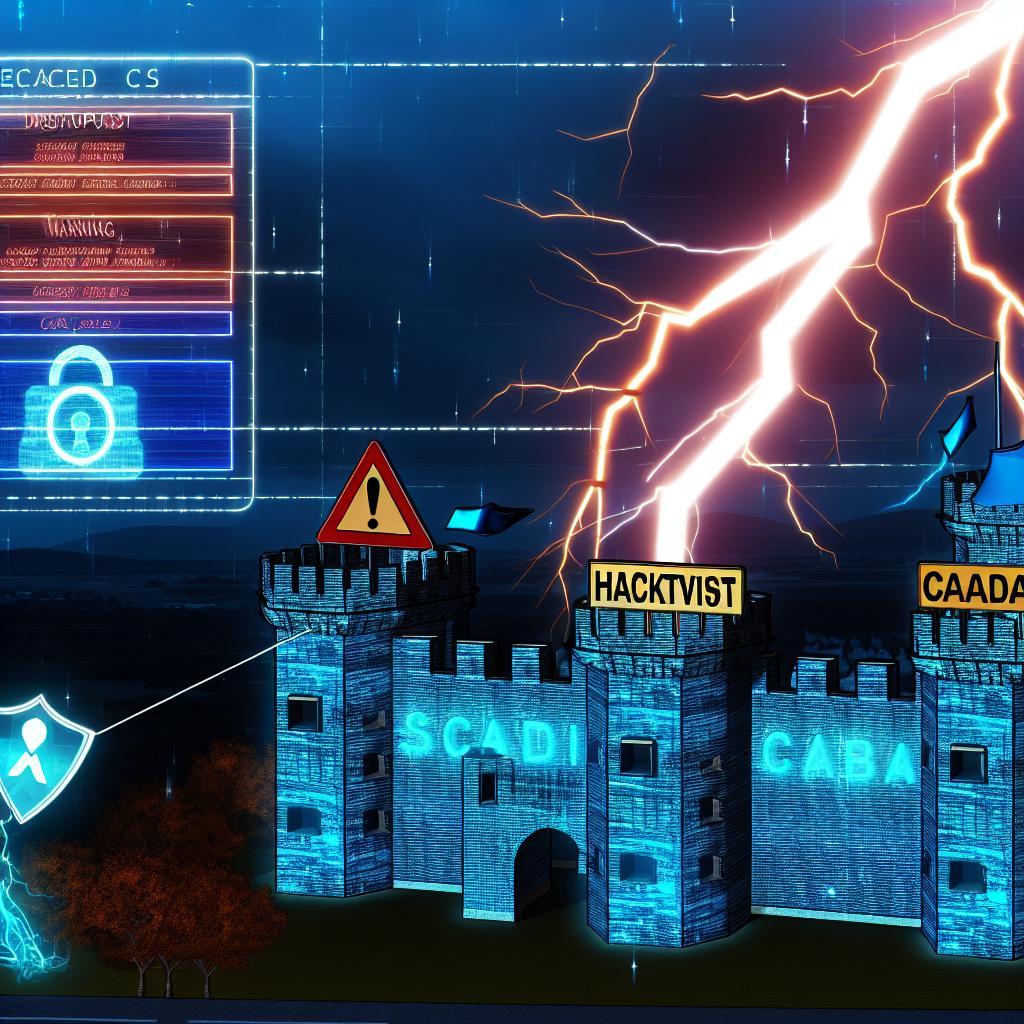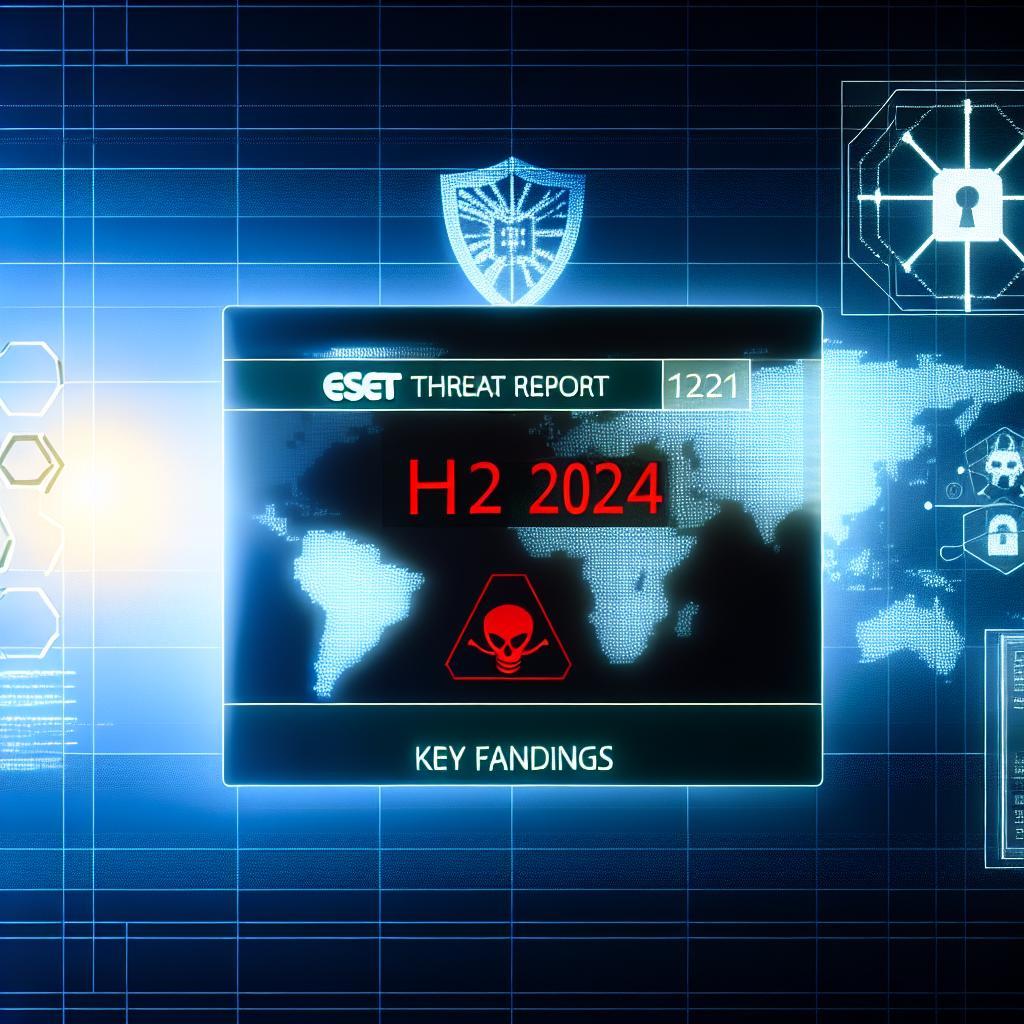In today’s ever-evolving digital landscape, Chief Information Security Officers (CISOs) are faced with the complex challenge of securing data across hybrid and multi-cloud environments. As organizations continue to embrace cloud technologies for scalability and flexibility, it is imperative for CISOs to develop strategic approaches to safeguard sensitive information and mitigate cyber threats. In this article, we will explore key strategies that CISOs can employ to navigate the complexities of hybrid and multi-cloud security, ensuring the protection of valuable assets in the cloud.
Effective Security Measures for Hybrid and Multi-Cloud Environments
When it comes to securing hybrid and multi-cloud environments, CISOs need to implement a range of effective security measures to protect their organization’s data and applications. One key strategy is to implement a Zero Trust security model, where every user and device is verified and authenticated before accessing any resources. Additionally, encrypting data both in transit and at rest is crucial to prevent unauthorized access or data breaches. CISOs should also regularly audit and monitor access rights to ensure that only authorized users have access to sensitive information. implementing robust incident response plans and regularly conducting security training for employees are essential to mitigate risks and respond effectively to potential security incidents.

Key Considerations for Securing Data Across Various Cloud Platforms
When it comes to ensuring data security across various cloud platforms, Chief Information Security Officers (CISOs) must navigate the complexities of hybrid and multi-cloud environments with strategic precision. One key consideration is implementing encryption across all data stored in the cloud to protect it from unauthorized access. Additionally, access control mechanisms should be put in place to regulate who can view, edit, or delete sensitive information. Regular security audits and penetration testing should also be conducted to identify and mitigate vulnerabilities. Lastly, having a disaster recovery plan in place is essential to ensure that data can be quickly restored in the event of a breach or outage.
Concluding Remarks
as the digital landscape continues to evolve with the rise of hybrid and multi-cloud environments, CISOs must adapt their security strategies to effectively protect their organizations’ critical assets. By implementing a combination of proactive risk management, robust monitoring tools, and strong collaboration with vendors and internal teams, CISOs can confidently navigate the complexities of securing data in the cloud. With these strategies in place, CISOs can stay ahead of cyber threats and ensure the integrity and confidentiality of their organization’s data in this dynamic and ever-changing digital world.







